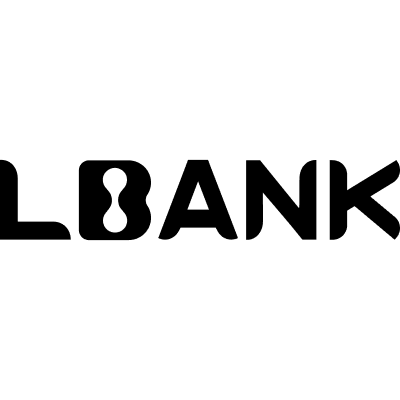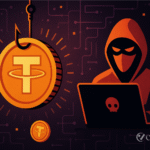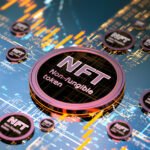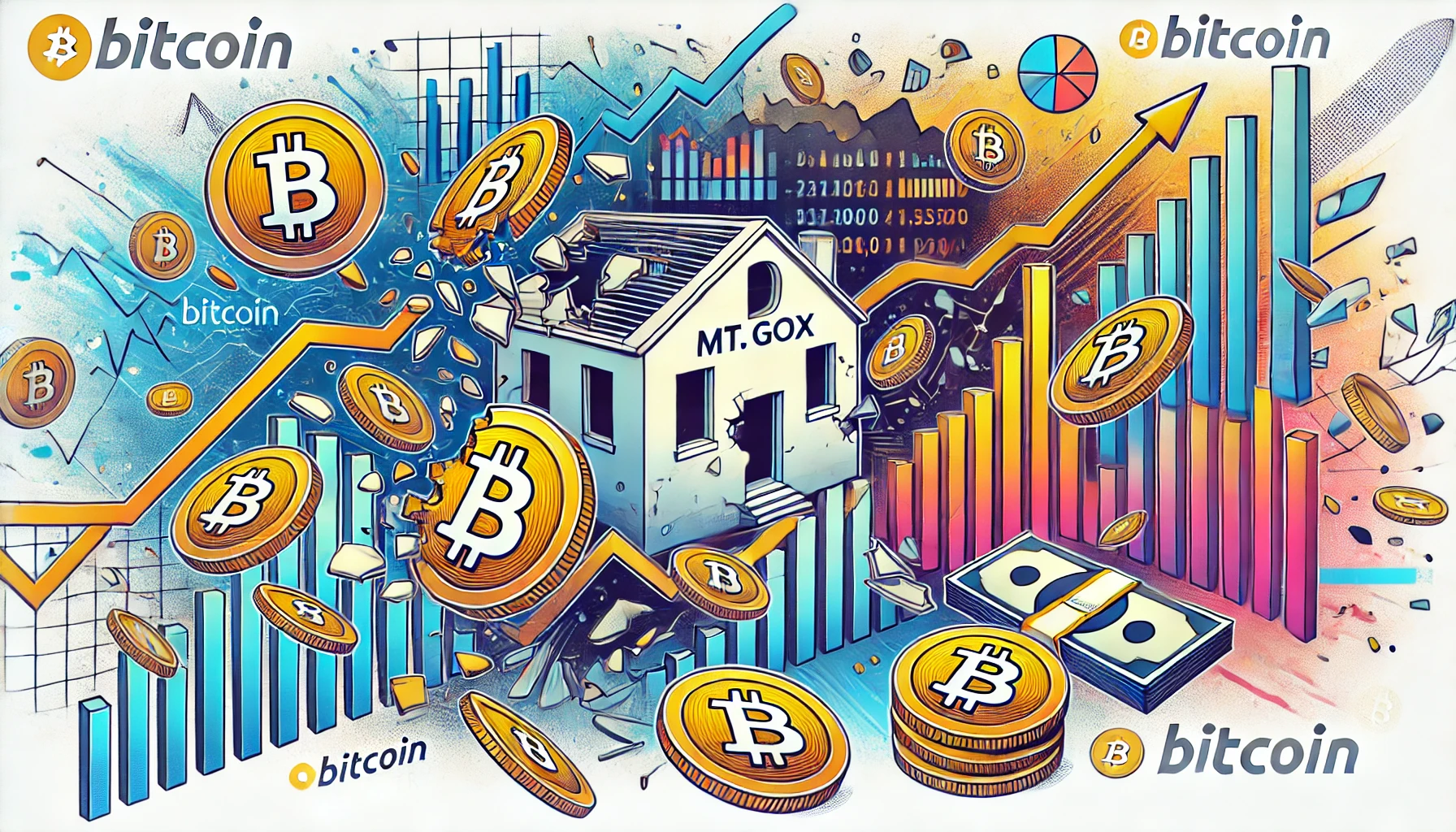– Ad –
| Getting your Trinity Audio player ready... |
Tether, the leading global stablecoin provider, is grabbing attention with its plan to introduce a compliance-driven stablecoin designed for institutional investors. Announced amid evolving U.S. regulatory discussions, this initiative seeks to align with stricter compliance standards, potentially transforming how institutions engage with Web3. With Tether’s USDT commanding a $133 billion market cap, this move could bridge decentralized finance (DeFi) and traditional finance (TradFi), fostering broader blockchain adoption. But will it truly be a game-changer? Let’s explore.
Why a Compliance-Focused Stablecoin?
Stablecoins like Tether’s USDT offer stability by pegging to fiat currencies, making them ideal for transactions, remittances, and DeFi applications. However, concerns over transparency and regulatory scrutiny have historically limited institutional trust. Tether’s new stablecoin aims to address this by prioritizing compliance with global standards, such as the EU’s Markets in Crypto-Assets (MiCA) framework and potential U.S. legislation like the GENIUS Act. By embedding Know-Your-Customer (KYC) and Anti-Money-Laundering (AML) protocols, Tether seeks to create a trusted digital asset for banks, fintech, and enterprises.
Tether’s Strategic Pivot
Tether’s investment in StablR, a MiCA-compliant European stablecoin provider, signals its commitment to regulated markets. Through its Hadron platform, launched in November 2024, Tether supports the tokenization of assets like stocks and bonds while ensuring compliance. StablR’s EURR and USDR stablecoins, backed by Tether, demonstrate how regulatory alignment can enhance liquidity and reduce transaction costs. Tether’s CEO, Paolo Ardoino, emphasized that this approach fosters innovation while meeting the needs of institutions wary of regulatory risks.
Bridging Web3 and Traditional Finance
The new stablecoin targets institutions seeking seamless integration with blockchain ecosystems. By offering real-time settlements and low-cost cross-border payments, it appeals to banks like JPMorgan and fintechs like Stripe, which are already experimenting with stablecoins. The stablecoin’s compliance features, such as on-chain KYC and AML integration, ensure it meets global standards, making it a viable alternative to traditional payment rails like SWIFT. This could accelerate Web3 adoption by enabling institutions to participate in DeFi, tokenized assets, and global remittances without legal uncertainties.
Challenges and Opportunities
Despite its promise, Tether faces hurdles. Past controversies over USDT’s reserve transparency and a $41 million CFTC fine raise skepticism about its ability to deliver a fully compliant product. Competitors like Circle’s USDC, with its robust licensing and audits, already dominate the regulated stablecoin space. However, Tether’s market dominance and deep liquidity give it an edge. If successful, this stablecoin could drive institutional adoption by offering a secure, scalable bridge to Web3, potentially reshaping global finance.
The Road Ahead
Tether’s compliance-focused stablecoin, backed by ongoing talks with Big Four auditors, signals a maturing crypto market. As regulations like MiCA and the GENIUS Act take effect, institutions may increasingly embrace stablecoins for treasury operations, payments, and tokenized asset management. With over 300 businesses and institutions already using Tether’s Hadron platform, the stage is set for a new era of Web3 integration. Tether’s success will depend on balancing innovation with trust, potentially redefining institutional finance.
Ultimately, Tether’s compliance-focused stablecoin could be a crucial move toward widespread Web3 adoption. By addressing regulatory concerns and leveraging its market position, Tether is poised to unlock new opportunities for institutions, making blockchain a cornerstone of global finance.
FAQs
What is Tether’s compliance-focused stablecoin?
A digital asset pegged to fiat, designed with KYC/AML features to meet global regulatory standards for institutional use.
How does it benefit institutional investors?
It offers low-cost, real-time transactions and regulatory compliance, enabling safe participation in Web3 and DeFi.
What challenges does Tether face?
Past transparency issues and competition from regulated stablecoins like USDC could hinder trust and adoption.
How does it align with regulations?
It integrates with frameworks like MiCA and potential U.S. laws, ensuring compliance for global operations.

















